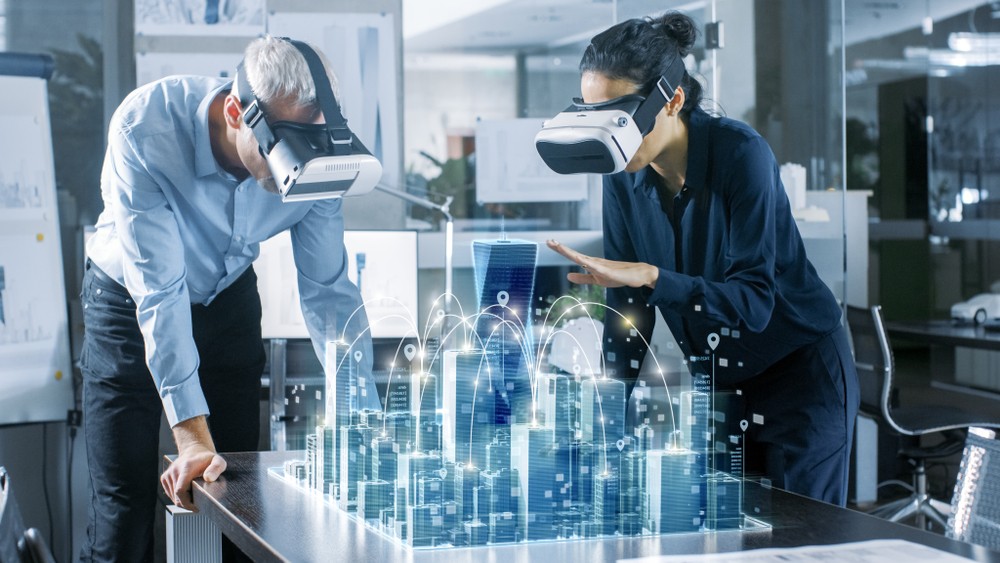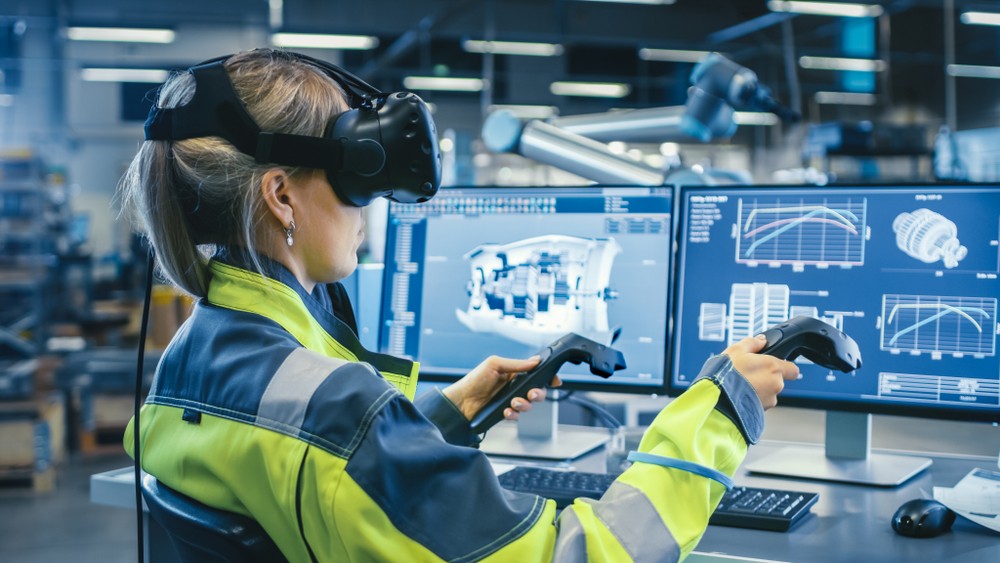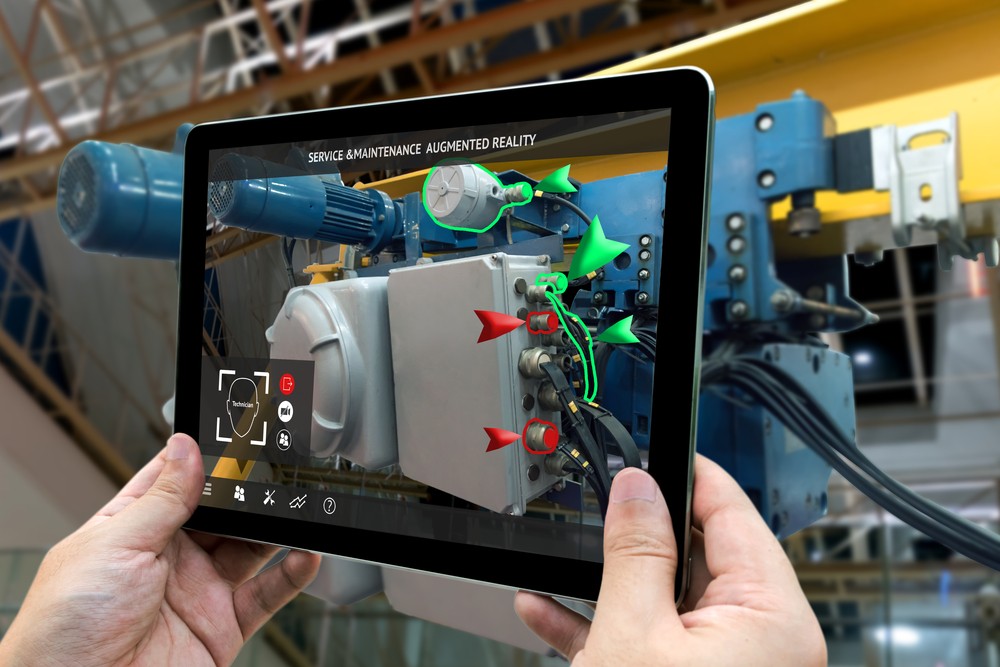VR and AR Don’t Work Without Educated Workers

Technology is, for the most part, assistive — especially augmented reality (AR) and virtual reality (VR), which are increasingly carving out applications in factories across the spectrum of industry. Without someone to operate them, AR and VR are marginal on their own. This only reinforces a growing realization of innovating companies: workforce education is a critical component to any new technology. For AR and VR, this is especially true.
The worker operating an AR or VR assistive tool must have a deep understanding of that tool to properly use it and maximize its effectiveness. Think of it like the jump from manual fabrication to CNC milling — there’s a learning curve, but there are benefits to conquering that learning curve, for both companies and workers. It’s well and fine to have a state-of-the-art CNC mill, but you need to have someone to operate it effectively. The same is true for AR and VR technology.

Develop an education program
AR and VR are novel technologies in many factories. As a result, manufacturers must take major strides in educating workers in the proper use of these technologies before they’re deployed on the factory floor. It starts with a training program.
Get workers familiar with the hardware and interface. Make sure they’re comfortable with it and understand how it works at a fundamental level. Knowledge of how something works is just as important as knowledge of how to make it work for you. The first, fundamental part of training needs to be immersion.
From there, develop a module-based approach to training. Take it one step at a time and teach fundamentals up to advanced utilization — all within the context of how these technologies will be used on the factory floor. This progressive, nuanced approach to training will get employees comfortable with the technology and how it can be applied to their specific use case. The goal is to attain seamless interaction by the time AR and VR applications roll out to the factory floor.

Overcome obstacles to training
As with any new technology, there’s going to be both resistance and setbacks to implementing AR and VR. Overcoming these challenges also hinges on education.
The first and most prominent obstacle is resistance by workers. Many see AR, VR, and other assistive technologies as the means to their replacement — instead of the support resources they are. Educating them on how AR and VR support them is key in overcoming resistance to adoption. Make it clear that these are assistive technologies, not replacement automations.
It’s also important to consider the unprecedented nature of AR and VR on the factory floor. To realize and surmount any challenges, empower employees through education. As they get comfortable with the technology, leaders and advocates will emerge to embrace the new solutions these technologies offer. They’ll pave the way for better general use in the factory, leading to quicker ROI.

Education takes priority
Education is the lynchpin to making AR and VR work in factories. As these technologies become more affordable, accessible, and sophisticated, producers need to embrace the educational component that comes along with them. Doing so almost assuredly guarantees a smoother track to adoption and success for these technologies within the scope of operations.